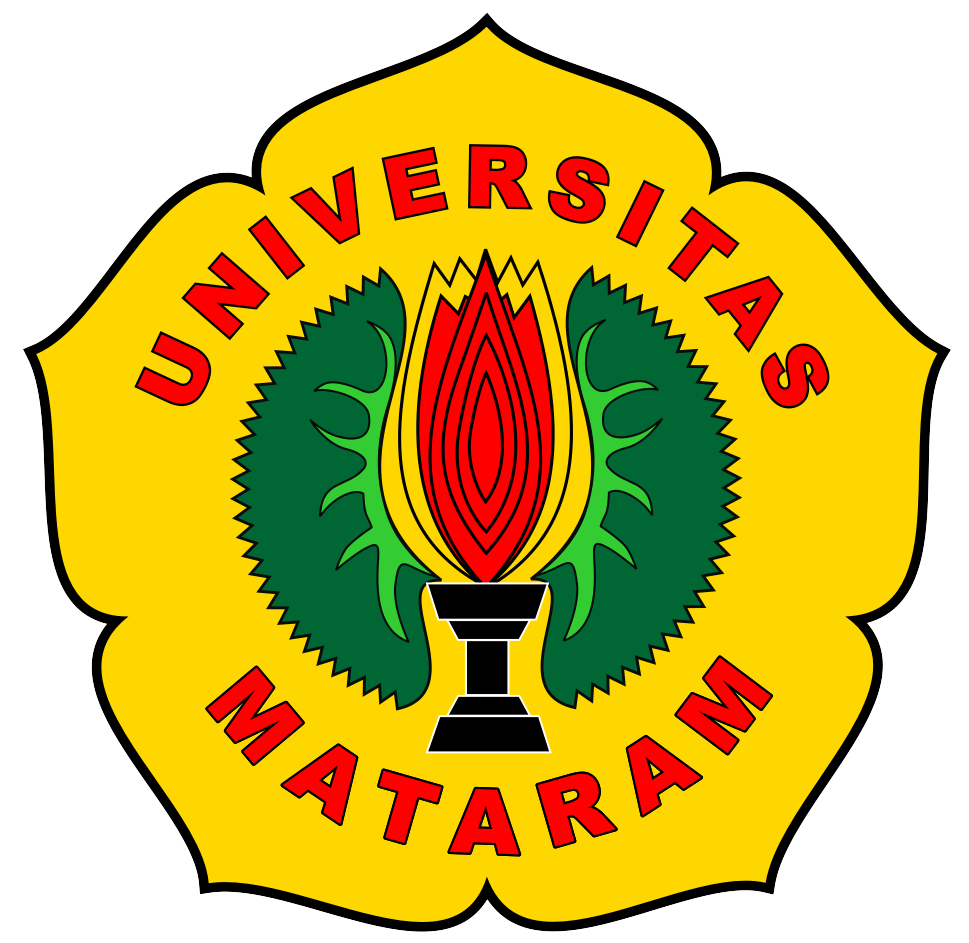Aktivitas Antibakteri Fraksi Ekstrak Metanol Ashitaba (Angelica keiskei) terhadap Staphylococcus aureus
DOI:
https://doi.org/10.29303/jk.v12i1.4298Keywords:
Angelica keiskei, Antibakteri, Staphylococcus aureus, FraksiAbstract
Latar belakang:Staphyloccus aureus merupakan bakteri yang dapat memicu infeksi kulit dan dapat memperpanjang proses penyembuhan luka. Adapun tanaman yang mempunyai aktivitas antibakteri adalah ashitaba (Angelica keiskei). Ashitaba banyak tumbuh di daerah Sembalun (LombokTimur) secara liar dan dibudidayakan oleh masyarakat setempat. Biasanya daun ashitaba dimanfaatkan oleh masyarakat setempat sebagai bahan pangan dan getahnya sebagai penyembuh luka. Tujuan penelitian ini untuk mengetahui aktivitas antibakteri fraksi ekstrak metanol ashitaba terhadap S. aureus.
Metode:Ekstraksi dilakukan dengan metode maserasi. Fraksinasi ekstrak menggunakan metode partisi cair-cair dengan pelarut air, etil asetat, dan n-heksan. Skrining fitokimia menggunakan Kromatografi Lapis Tipis (KLT) dengan penampak bercak AlCl3, Folin-ciocalteu, FeCl3, Liebermann Burchard, dan H2SO4. Penentuan aktivitas antibakteri menggunakan metode difusi cakram dengan mengukur zona hambat bakteri.
Hasil:Fraksi air residu ekstrak metanol ashitaba konsentrasi 2,5%, 5%, dan 10% tidak memiliki aktivitas antibakteri. Namun, fraksi etil asetat konsentrasi 2,5%, 5%, dan 10% memiliki aktivitas antibakteri dengan zona hambat berturut-turut 7,76±0,56 mm (sedang); 8,60±0 mm (sedang); dan 16,75±1,06 mm (kuat), serta fraksin-heksan konsentrasi 2,5%, 5%, dan 10% memiliki aktivitas bakteri dengan zona hambat berturut-turut 12,9±0,49; 16,2±8,19; dan 12,83±0,58 mm (kuat).
Kesimpulan:Ashitaba berpotensi sebagai antibakteri terhadap S. aureus dan fraksi yang paling potensial dikembangkan adalah fraksi n-heksan konsentrasi 5%.
Downloads
Published
Issue
Section
License
Authors who publish with Unram Medical Journal, agree to the following terms:
- Authors retain copyright and grant the journal right of first publication with the work simultaneously licensed under a Creative Commons Attribution 4.0 International License (CC-BY License). This license allows authors to use all articles, data sets, graphics, and appendices in data mining applications, search engines, websites, blogs, and other platforms by providing an appropriate reference. The journal allows the author(s) to hold the copyright without restrictions and will retain publishing rights without restrictions.
- Authors are able to enter into separate, additional contractual arrangements for the non-exclusive distribution of the journal's published version of the work (e.g., post it to an institutional repository or publish it in a book), with an acknowledgment of its initial publication in University of Mataram's Journal of Medicine.
- Authors are permitted and encouraged to post their work online (e.g., in institutional repositories or on their website) prior to and during the submission process, as it can lead to productive exchanges, as well as earlier and greater citation of published work (See The Effect of Open Access).
- This journal is open access journal which means that all content is freely available without charge to users or / institution. Users are allowed to read, download, copy, distribute, print, search, or link to full text articles in this journal without asking prior permission from the publisher or author.






